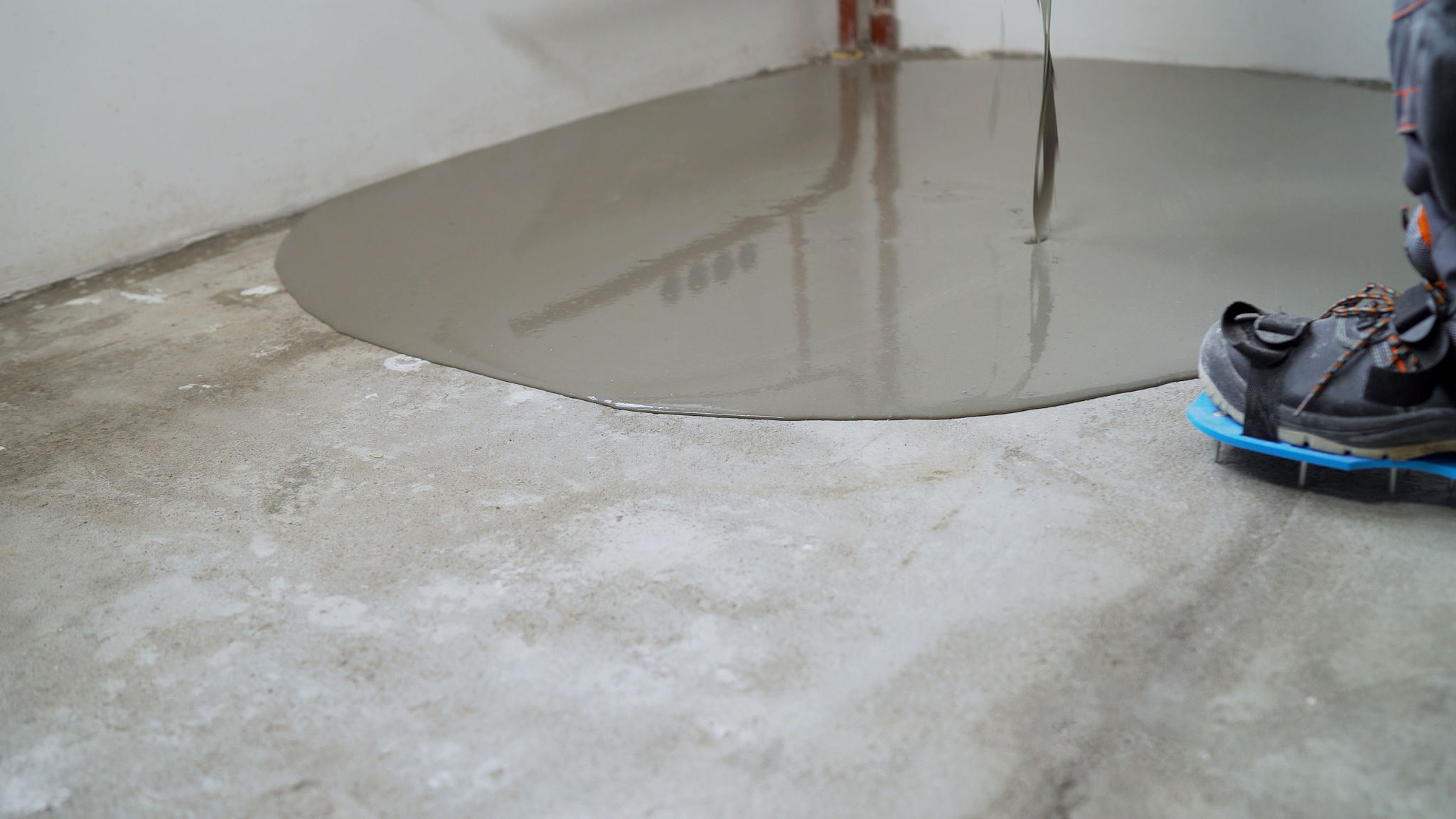Comparing Epoxy and Traditional Concrete Overlays: What You Need to Know
Understanding Epoxy Overlays
Epoxy overlays have gained popularity for their aesthetic appeal and durability. They are created by mixing resin and hardener, resulting in a robust and glossy finish. These overlays are ideal for both residential and commercial spaces, offering a versatile solution for various flooring needs. Epoxy is known for its resistance to chemical spills, stains, and heavy traffic, making it a preferred choice for industrial settings.

Another advantage of epoxy overlays is their ability to be customized. Homeowners and businesses can choose from a wide range of colors, patterns, and textures to match their design preferences. This flexibility allows for unique and personalized spaces that stand out while maintaining functionality.
The Basics of Traditional Concrete Overlays
Traditional concrete overlays, on the other hand, involve applying a thin layer of cement-based material over existing concrete surfaces. This technique is often used to repair worn or damaged floors, providing a fresh look without the need for complete replacement. Concrete overlays are valued for their natural appearance and ability to blend seamlessly with outdoor environments.

While concrete overlays may not offer the same level of customization as epoxy, they can still be stained or stamped to achieve different aesthetics. This makes them suitable for driveways, patios, and walkways where a more natural or rustic look is desired.
Comparing Durability and Maintenance
When it comes to durability, epoxy overlays often outperform traditional concrete overlays. The hardened resin creates a surface that withstands heavy loads and resists abrasion. This makes epoxy an excellent choice for high-traffic areas or spaces where heavy machinery is used. Additionally, epoxy floors are relatively easy to clean and maintain, requiring only regular sweeping and occasional mopping.
Concrete overlays, while durable, may require more maintenance over time. They are prone to cracking under extreme conditions or if the underlying concrete is not stable. To maintain their appearance, concrete surfaces may need sealing every few years to protect against moisture and staining.

Cost Considerations
The cost of installing epoxy versus traditional concrete overlays can vary significantly based on factors such as the size of the area, design complexity, and the condition of the existing surface. Generally, epoxy overlays tend to be more expensive due to the materials and labor involved in creating customized designs.
However, the initial investment in epoxy may be offset by its longevity and low maintenance requirements. Traditional concrete overlays might offer a lower upfront cost but could incur additional expenses related to repairs and sealing over time.
Choosing the Right Overlay for Your Needs
Deciding between epoxy and traditional concrete overlays depends on several factors, including aesthetic preferences, budget, and intended use of the space. For areas that demand high durability and a modern look, epoxy might be the better option. Conversely, if you prefer a more natural appearance with moderate durability requirements, concrete overlays could be more suitable.
Ultimately, consulting with a flooring professional can help you assess your specific needs and make an informed decision that aligns with your goals and expectations.
